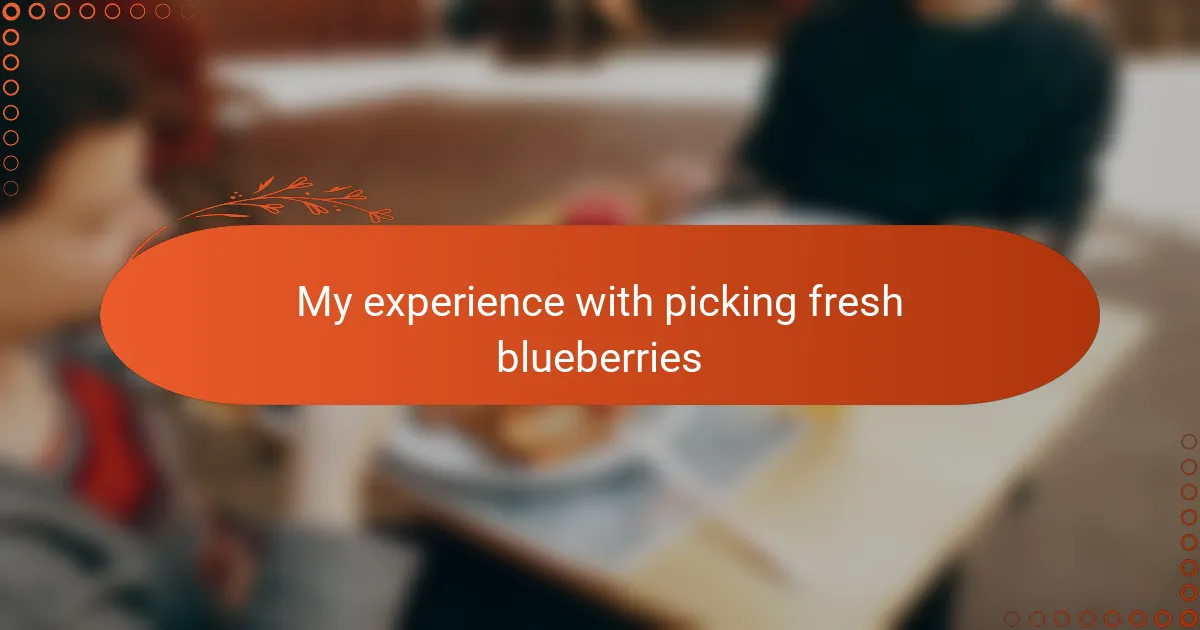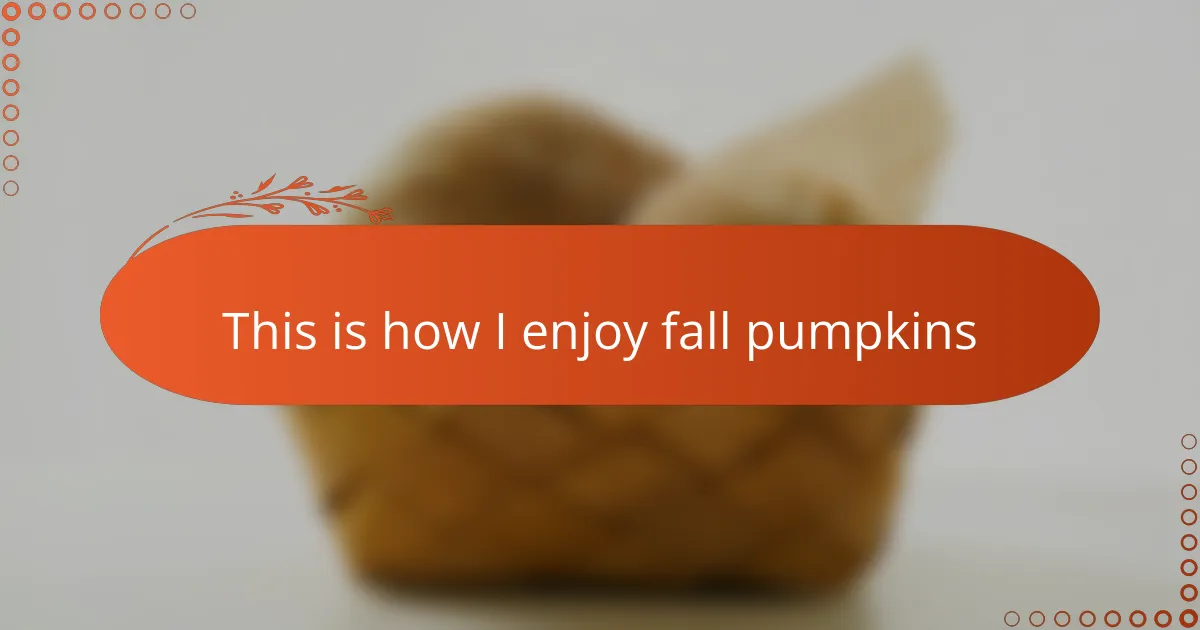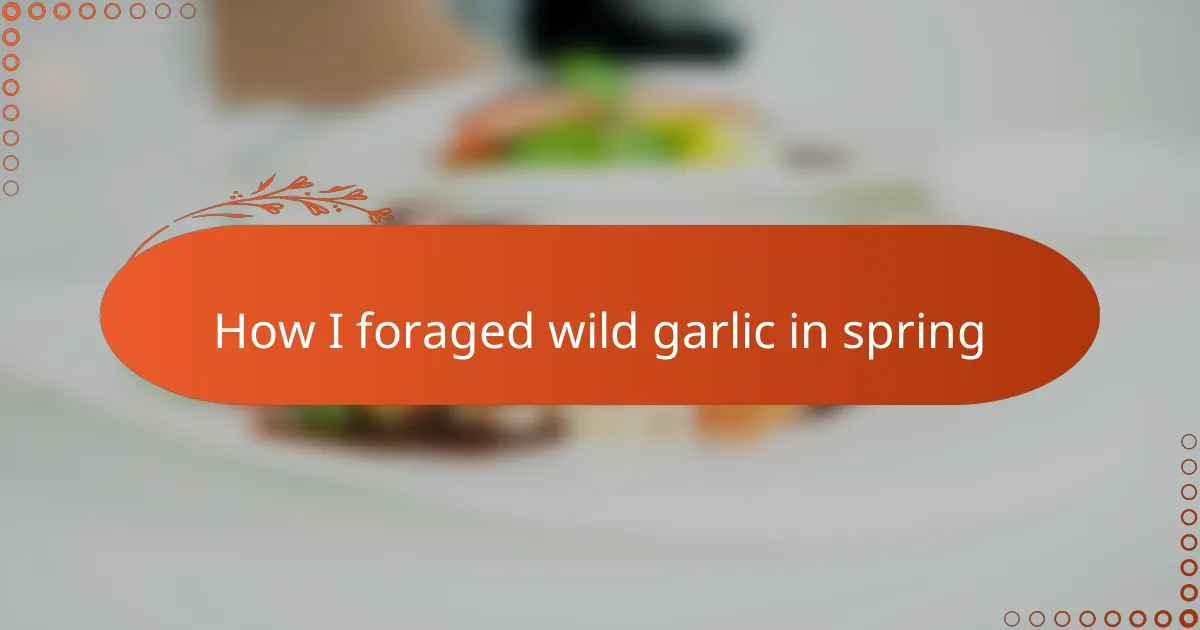Key takeaways
- Local honey enhances cooking by adding unique flavors and potential health benefits, including aiding digestion and exposure to local allergens.
- Choosing raw, unfiltered honey ensures you retain its natural enzymes and pollen while looking for transparency about the source.
- Honey’s sweetness varies by flowers, so adjust quantities gradually in recipes; it’s best added towards the end of cooking to preserve its qualities.
- Proper storage in a cool, dark place helps maintain honey’s flavor and texture, avoiding crystallization and preserving its unique characteristics.
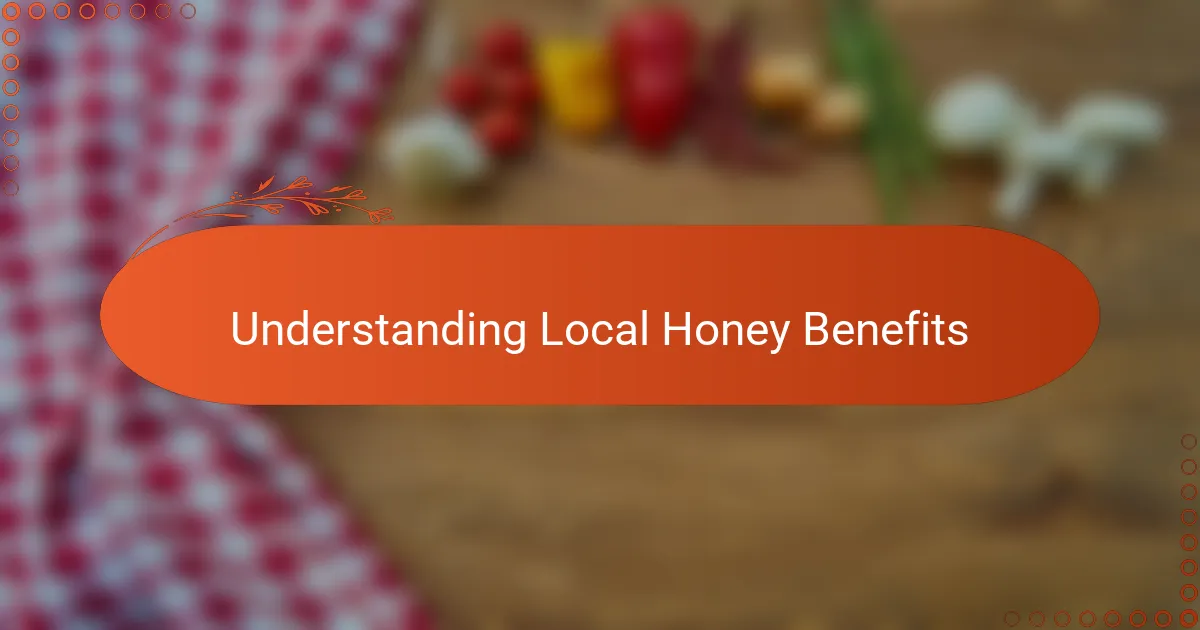
Understanding Local Honey Benefits
There’s something genuinely special about using local honey in my cooking. Beyond its rich, unique flavors that vary depending on the flowers nearby, local honey captures the essence of my own environment. Have you ever noticed how a drizzle of fresh, local honey can completely change the character of a dish?
From my experience, local honey offers more than taste—it carries small traces of pollen specific to the region. This gave me pause to think: could enjoying this honey help my body gradually adjust to local allergens? It’s a natural kind of nourishment that feels connected to the land and seasons around me.
I find it fascinating that local honey often contains beneficial enzymes and antioxidants that commercial honey lacks due to processing. Using it in recipes doesn’t just add sweetness; it can contribute to better digestion and overall health. Knowing this makes me savor each spoonful not just for flavor, but also for the quietly powerful benefits it brings.
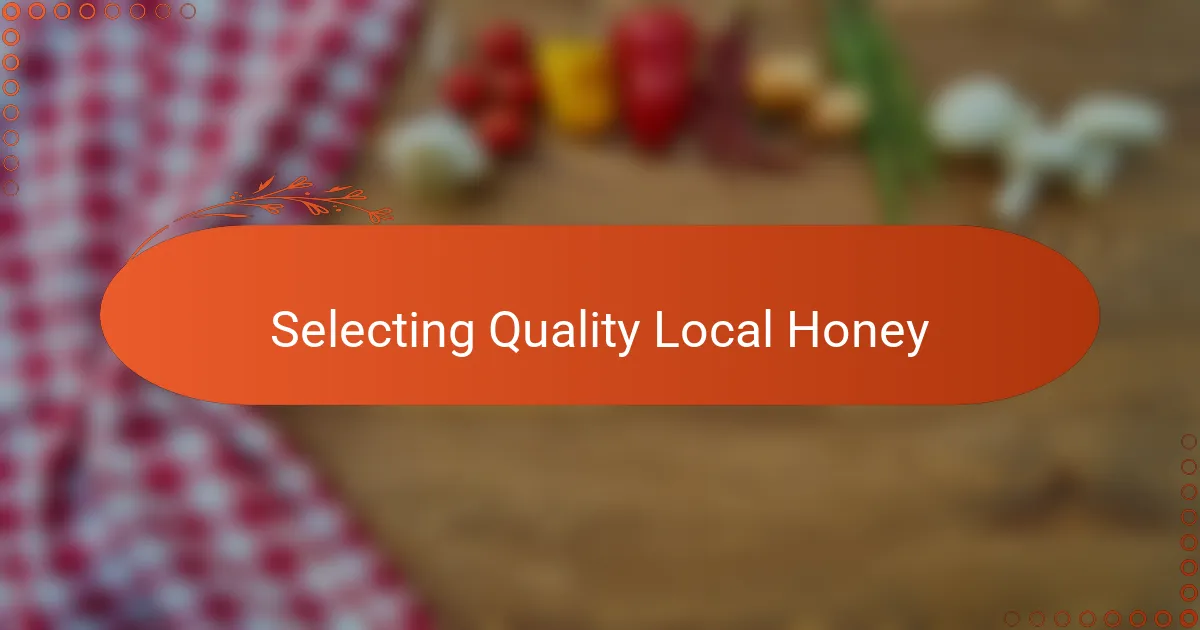
Selecting Quality Local Honey
Choosing the right local honey isn’t always straightforward. I’ve learned to look for honey that’s raw and unfiltered, as these types keep the natural enzymes and pollen intact. Have you ever noticed how some honey crystallizes faster? That’s often a good sign it hasn’t been overly processed.
When I first started selecting local honey, I made the mistake of picking a pretty jar without checking its source. Later, I realized genuine local honey usually comes with a story—names of farmers, details about the flowers, or even a farmer’s market origin. That transparency gave me confidence in the quality and authenticity.
Texture and aroma tell me a lot before I even taste the honey. A smooth yet slightly grainy texture and a floral, fresh scent often mean I’m dealing with real local honey. If the honey smells neutral or too sweetly artificial, I tend to pass on it, trusting my senses to guide me toward the best jar for my cooking.
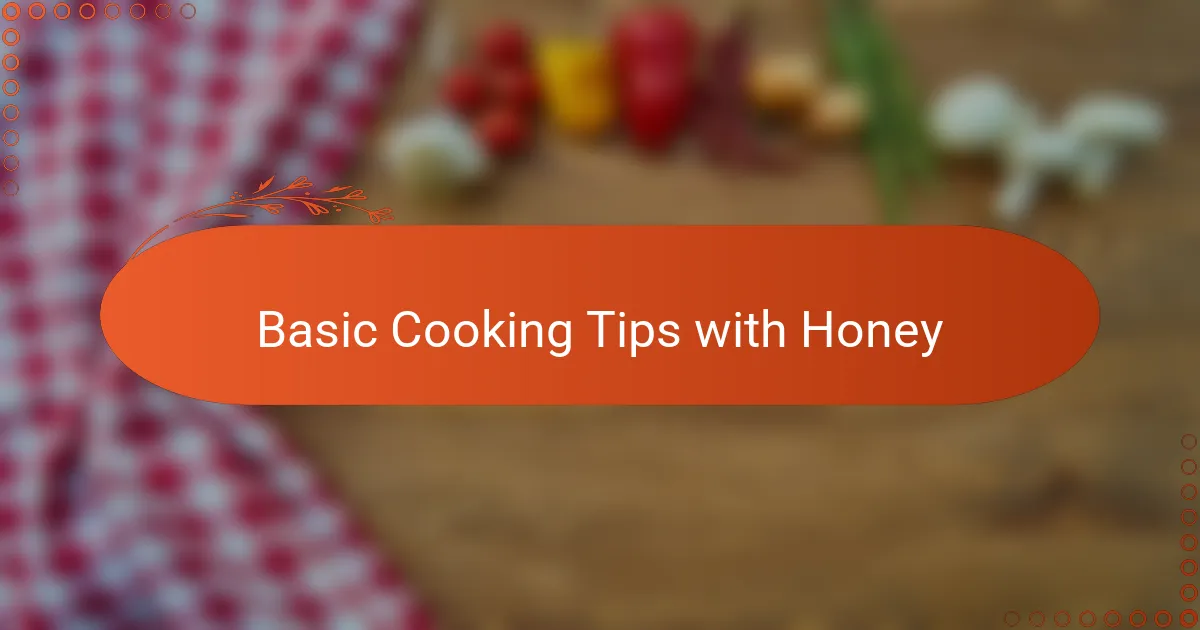
Basic Cooking Tips with Honey
When I first started cooking with local honey, I quickly realized it’s important to remember that honey’s sweetness can vary quite a bit, depending on the flowers visited by the bees. Have you ever noticed how a little less honey can still bring enough flavor? I learned to add it gradually, tasting as I go, so the natural nuances shine without overpowering the dish.
Another thing I found useful is swapping sugar for honey in recipes, but with a simple trick: honey is sweeter and contains more moisture, so you need to reduce the other liquids slightly. Early on, I forgot this and ended up with overly sticky cakes. Adjusting this balance made all the difference in texture and taste, making my treats moist and delicious rather than soggy.
Finally, I always avoid exposing honey to high heat for too long. It’s easy to forget how quickly honey’s delicate enzymes and flavors can change under intense cooking. One time, while glazing roasted vegetables, I added honey too early and lost that fresh, floral finish I love. Now, I add it near the end or use it as a drizzle, preserving its unique character and nourishing qualities.
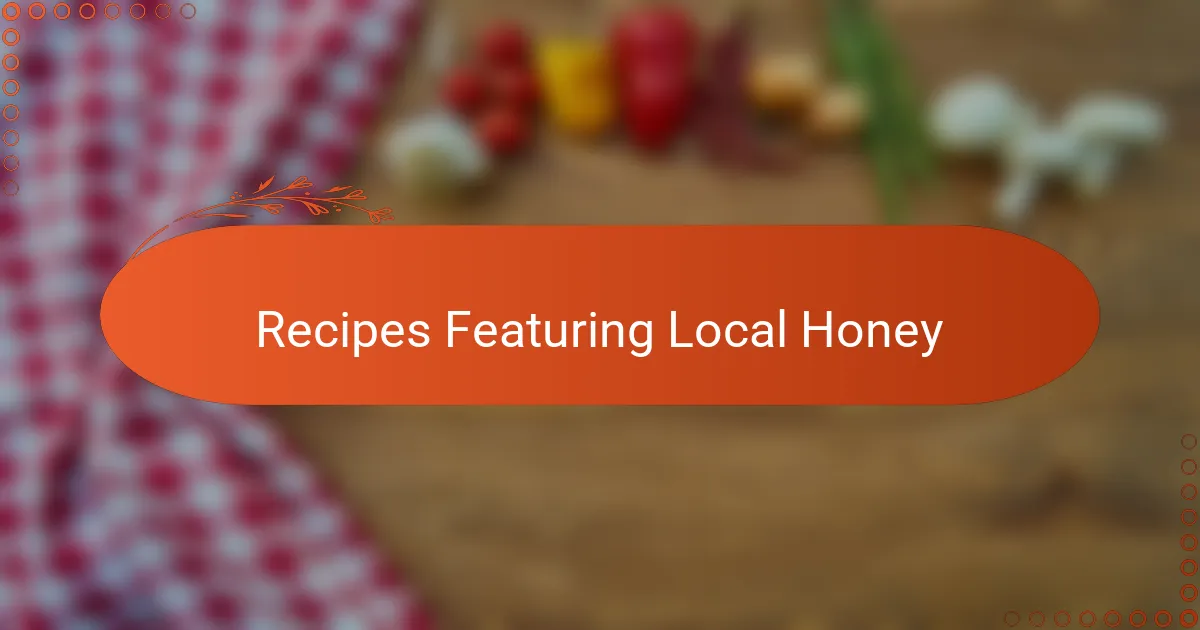
Recipes Featuring Local Honey
One of my favorite ways to showcase local honey is in homemade salad dressings. Have you ever tried a simple vinaigrette with a touch of honey? It transforms a basic mix of vinegar and oil into something silky and vibrant, with that subtle floral note only local honey can deliver. I remember a summer when I used honey harvested from wildflowers nearby—every bite felt like a walk through the countryside.
Baking is another realm where local honey shines brilliantly. Swapping it for regular sugar in my oatmeal cookies added a depth of flavor that made the kitchen smell irresistible. I noticed that the honey’s unique taste brought out a gentle warmth, turning plain treats into something truly comforting. It’s these small touches that remind me why I love cooking with ingredients that come straight from my community.
Have you thought about using local honey in marinades or glazes? I once glazed roasted carrots with honey from a neighbor’s apiary, and the result was magical—caramelized with hints of the surrounding meadow’s blooms. It’s moments like these that convince me local honey isn’t just an ingredient; it’s a connection to the land, adding an extra layer of meaning and flavor to my meals.

Personal Experiences Cooking with Honey
When I first started cooking with local honey, I was amazed at how it elevated even the simplest dishes. I remember drizzling some over a warm slice of homemade bread and feeling an immediate connection to the blossoms buzzing just miles away. Have you ever experienced that subtle but profound moment where food feels truly rooted in place?
There was one time I experimented by mixing local honey into a rustic mustard sauce. The result surprised me—it wasn’t just sweet, but layered with floral hints that changed with every bite. Moments like that made me appreciate how honey is not just a sweetener, but a storyteller captured from the hive.
Sometimes I catch myself savoring spoonfuls of honey straight from the jar, almost like a tiny ritual of gratitude for nature’s gift. Do you find that cooking with local honey adds something beyond flavor—perhaps a quiet joy or comfort that feels deeply personal? For me, it’s those little experiences that keep me coming back to it in my kitchen.

Tips for Storing Honey Products
Storing honey properly has surprised me with how much it can preserve those delicate floral notes I cherish in local honey. I always keep my honey jars tightly sealed and stored in a cool, dark place—away from direct sunlight—which helps maintain its rich color and prevents crystallization from happening too quickly. Have you ever wondered why honey sometimes hardens unexpectedly? That’s often a natural process, but a stable environment really makes a difference.
One time, I accidentally left a jar near the stove, and it started to soften and lose some of its depth in flavor. Since then, I treat honey more like a precious ingredient, not just a sweetener. If your honey does crystallize, don’t worry—I’ve found gently warming the jar in warm water until it loosens up without overheating is the best way to bring it back to liquid form.
I also try to avoid storing honey in the fridge, even though it’s tempting to keep it “fresh.” From my experience, refrigeration leads to faster crystallization and a gritty texture that dulls the smoothness I love. So instead, a pantry shelf or cupboard works perfectly and keeps the honey in prime condition for whenever inspiration strikes in the kitchen.
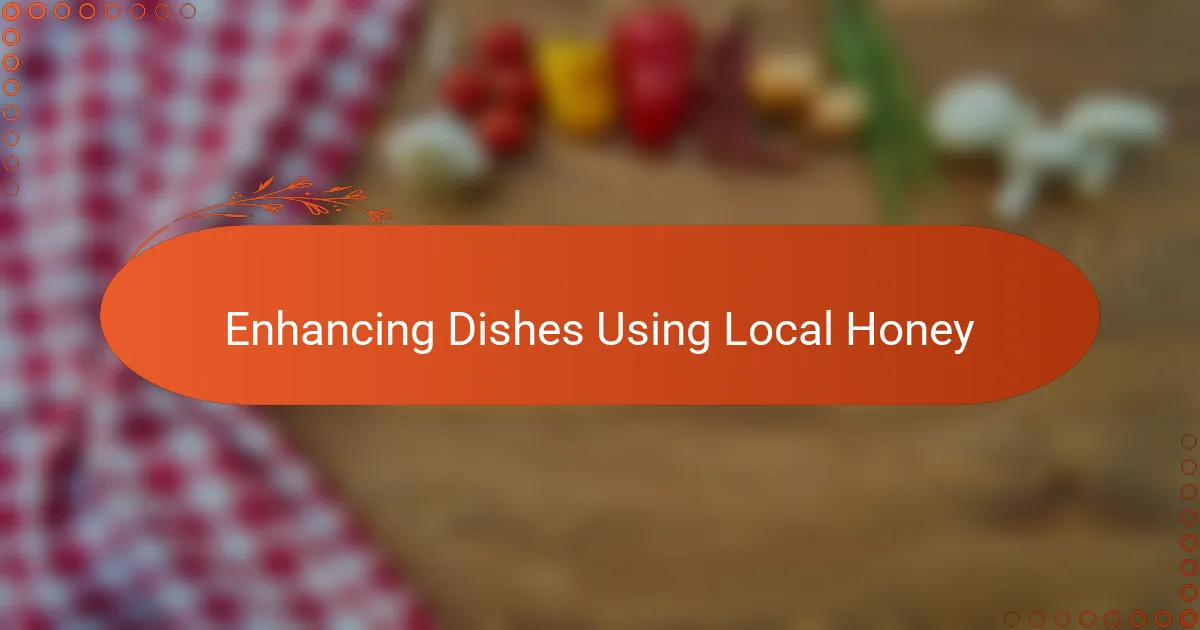
Enhancing Dishes Using Local Honey
There’s something almost magical about how local honey can lift a dish from ordinary to unforgettable. Have you ever drizzled honey over roasted vegetables and noticed how it adds a subtle caramelized sweetness that balances the savory notes? For me, that delicate floral hint transforms a simple side into a highlight of the meal.
I’ve found that a spoonful of local honey stirred into salad dressings or marinades works wonders. It’s not just about adding sweetness—it’s about layering flavors in a way that feels natural and vibrant. Once, I tossed honey into a tangy mustard glaze, and the way those floral undertones played with the sharpness was simply mesmerizing.
Sometimes, I like to finish a dish with a light honey drizzle right before serving. It’s a small step, but it preserves all those fresh, active enzymes and bright notes that could be lost in cooking. Have you tried this? That final touch often brings an unexpected depth and warmth that makes the dish feel truly connected to its place of origin.

